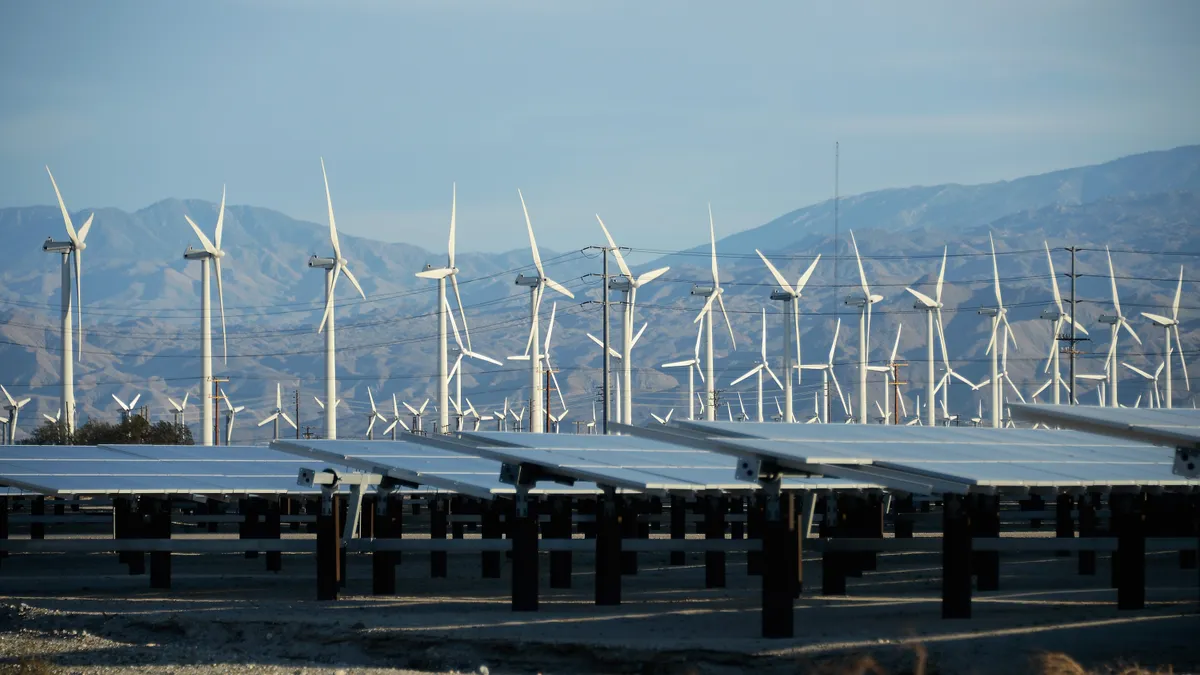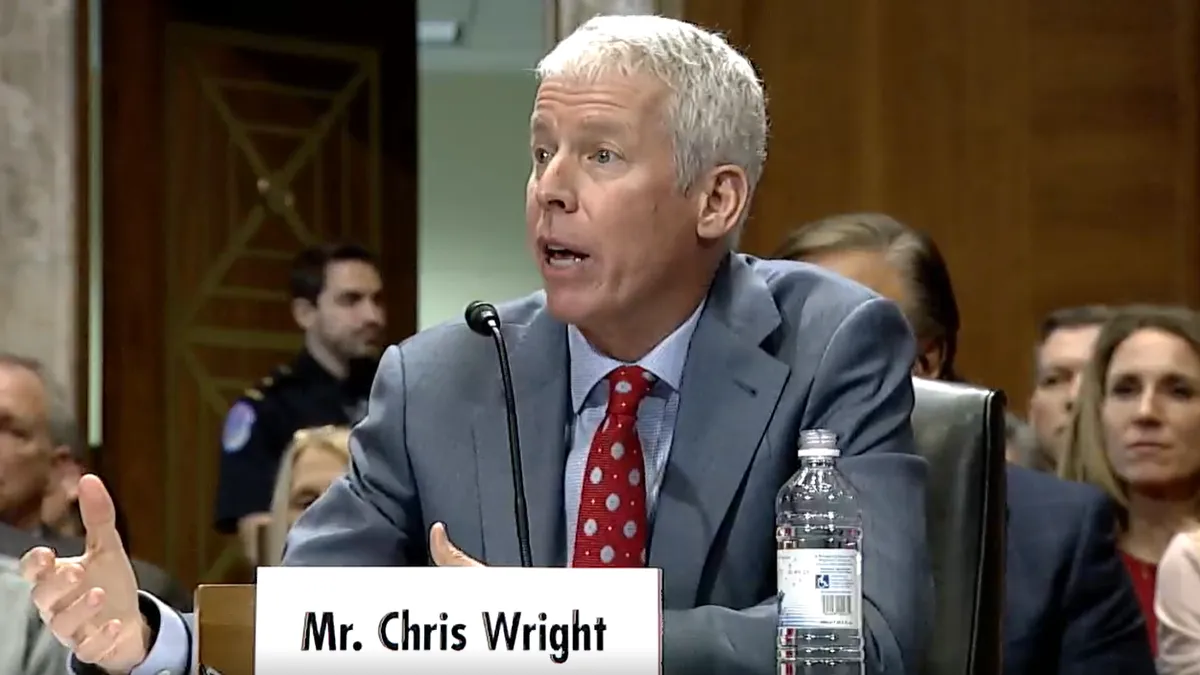Dan Bakal is Ceres' senior program director of climate and energy.
A crucial new program stands at the heart of the climate investments in Congress’s high-stakes negotiations around a trillion dollar budget reconciliation package.
The Clean Electricity Performance Program (CEPP) is an innovative policy that’s a key piece of our once-in-a-generation opportunity to simultaneously confront the climate crisis, reap the economic benefits of a clean energy transition, and save hundreds of thousands of lives by reducing air pollution. By combining a smart mix of incentive payments and fees, CEPP is designed to spur electric utilities to significantly increase carbon-free power generation this decade.
That’s why it is both confusing and deeply disappointing to see some large electric utilities such as AEP claim, without substantiation, that a program as crucial as the CEPP would negatively impact grid reliability and resilience.
It’s simply not true. An analysis from non-partisan think tank Energy Innovation this summer reviewed research from universities, think tanks, and energy consultancies and found that reaching 80% clean electricity by 2030, as the CEPP aims to do, would not only significantly benefit our economy and public health, it would be feasible, affordable, and would not compromise power system reliability.
The United States has a strong system in place, designed to ensure that the grid remains reliable as the technologies and fuels we use to generate power evolve. The country's leading utilities are proving on the ground that reaching this critical target is possible. They are already submitting plans for acquiring generating resources that reach 80% clean energy by 2030, with well-controlled system costs.
These plans are also in line with the reductions targeted under the CEPP. Not only is this shift to clean energy generation by the biggest utilities in the U.S. possible, it’s popular with major energy buyers: this summer, more than 100 major companies signed on to a letter expressing support for the Clean Electricity Standard, a policy with the same goals as the CEPP.
We know, based on many detailed studies like those in Energy Innovation’s meta-analysis, that with proper planning, clean electricity systems can be designed to be dependable today — even under stressful weather and demand conditions.
Visions of an unreliable grid and escalating power prices are effective tools to stoke fear. But where CEPP is concerned, those fears fall far from reality.
We all agree on some things: We too want a future with reliable power. But we also want a future with a stable climate and clean air, in which the massive physical, societal and financial risks of climate change are diminished.
We don’t have to choose. We have the resources and ability to build a grid that is both clean, reliable, and affordable. Moving rapidly toward a clean grid will not only benefit the climate, it will help reduce costs for businesses and families, protect vulnerable communities and ecosystems, and protect against fuel price shocks. It will help ensure that U.S. industry remains globally competitive as other countries move toward increased renewable generation and improved battery technology.
We already have existing flexibility to address our power supply. The U.S. grid today has large amounts of gas and hydro generation that are capable of responding to surges in demand, whether within a day or between seasons. We are also becoming increasingly flexible when it comes to managing power demand through tools that can scale at low costs, like demand-response programs and time-of-use pricing. That flexibility will only increase as electric vehicle use spreads across the country. In addition, energy transmission upgrades included in the bipartisan and reconciliation packages would allow regions to share loads and smooth variable renewable output, offering wider access to very low-cost wind resources.
Some falsely claim that energy storage for an 80% clean electricity grid will be both expansive and expensive. In reality, our expected requirements for energy storage have been found to be quite modest. Furthermore, batteries and other technologies have already experienced significant cost declines, and the bipartisan and reconciliation packages include investments to grow the domestic supply chain and scale storage affordably.
We also know that the CEPP can create millions of new jobs and hundreds of billions of dollars in new energy investments, all while lowering electric costs for both companies and consumers, reducing air pollution, and bringing good jobs to local communities. The CEPP is the right policy at the right time to fight the climate crisis, grow the economy, and save lives by reducing toxic air pollution. It is the strongest tool Congress has on-hand to power this critical transition.
Many large utilities have made their own ambitious climate commitments or have released plans aimed aggressively toward a zero emissions future. That is exactly the type of transformation that we need, and it is also the type of transformation the CEPP aims to support.
Climate commitments are admirable, but it is no longer enough for companies to simply reduce their own emissions. We also need them to advocate for policies that are explicitly designed to help them get there while also propelling the economy at large toward our urgent climate goals.
We cannot miss this moment. We need utilities that will work to support the policies designed to create a stable grid and an affordable, emissions-free energy future.



















